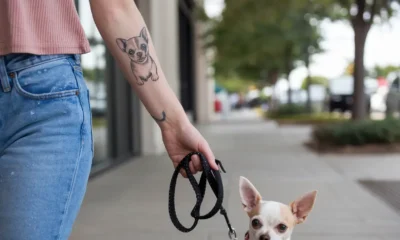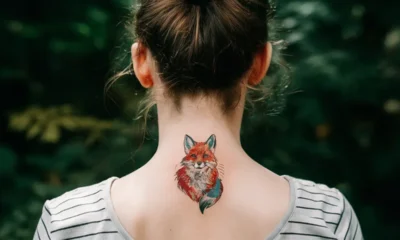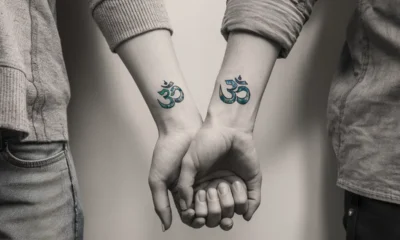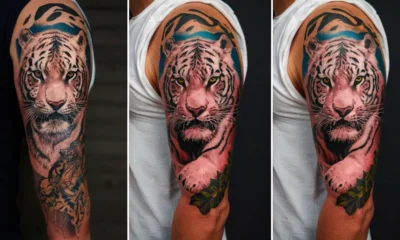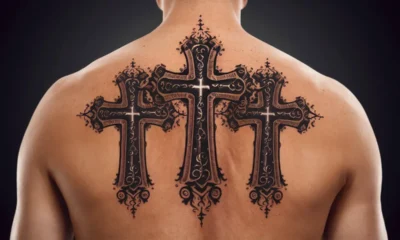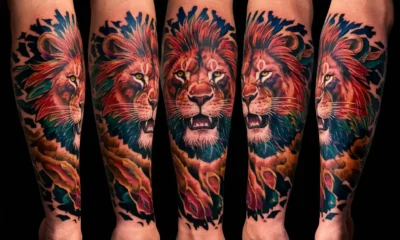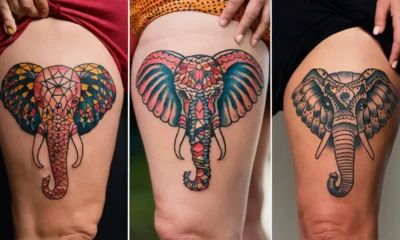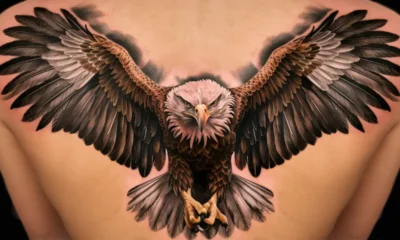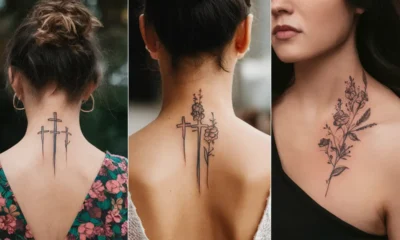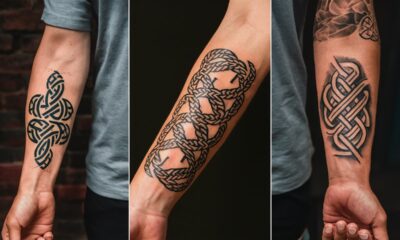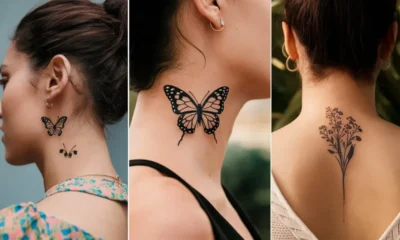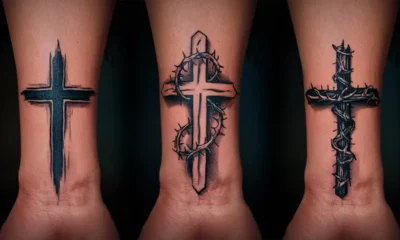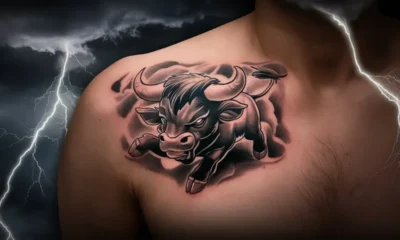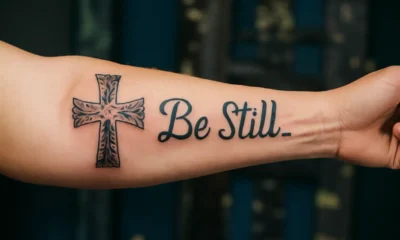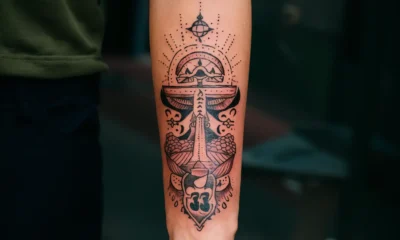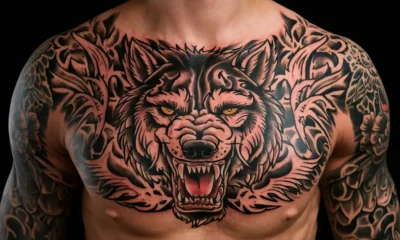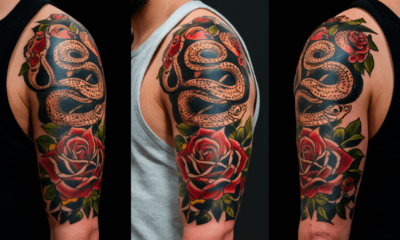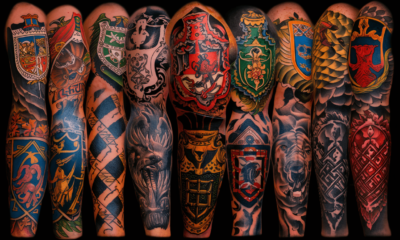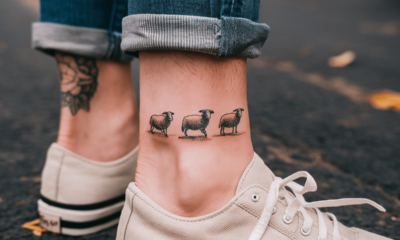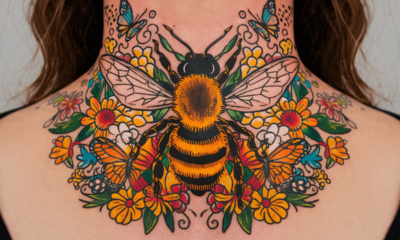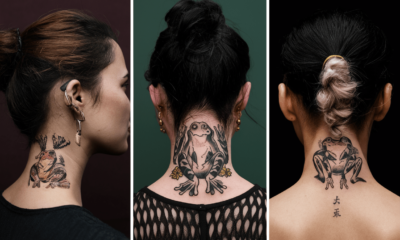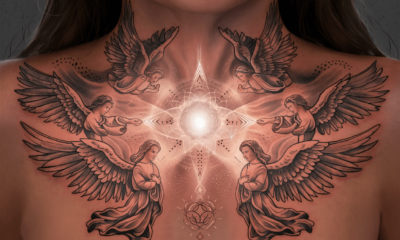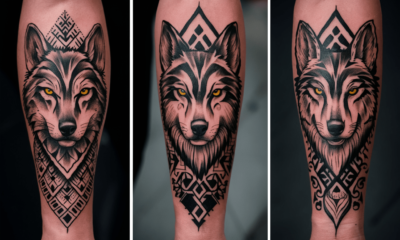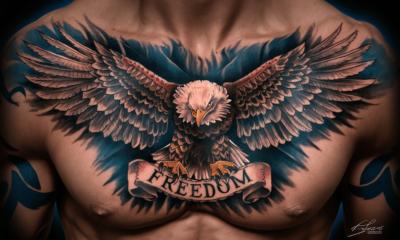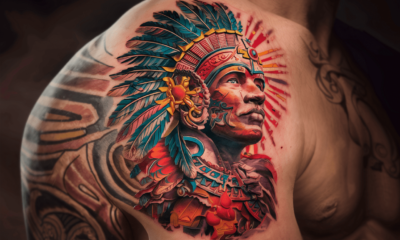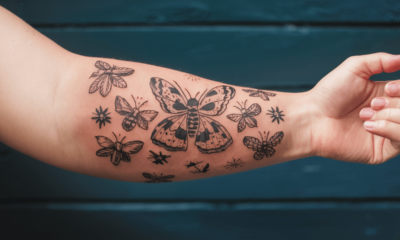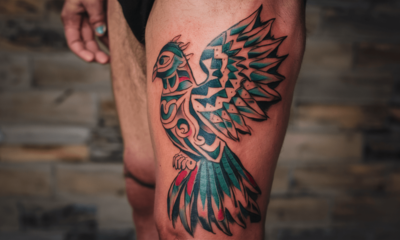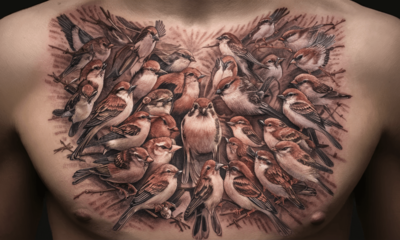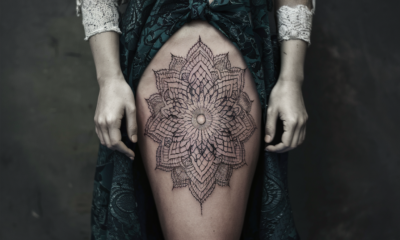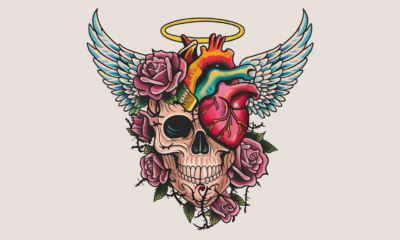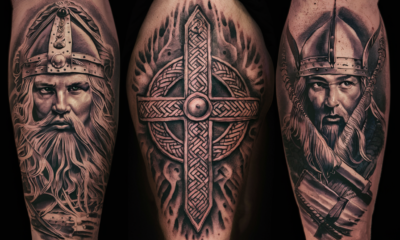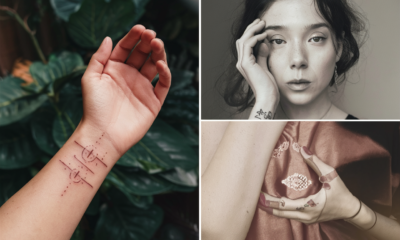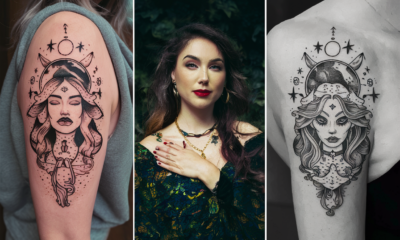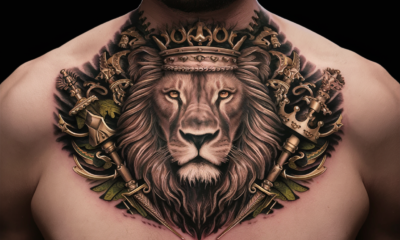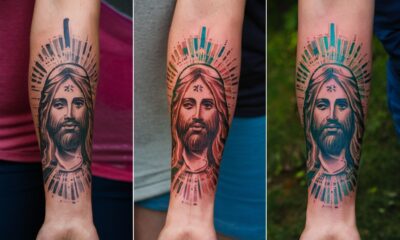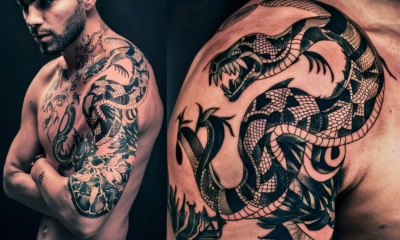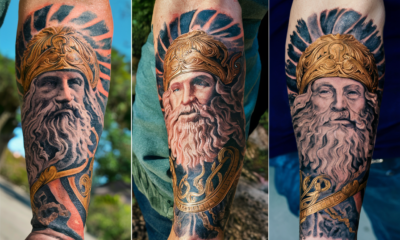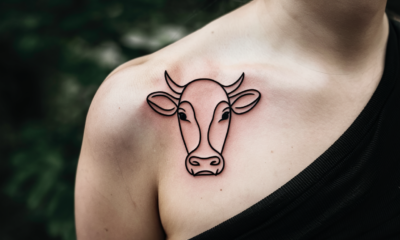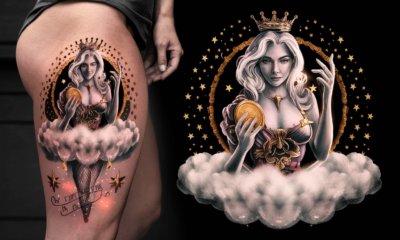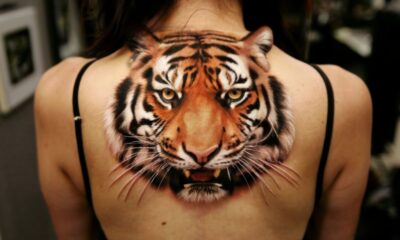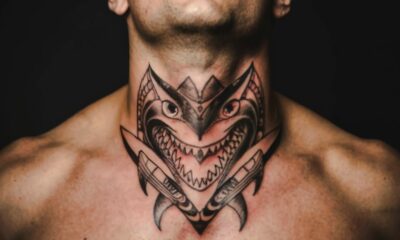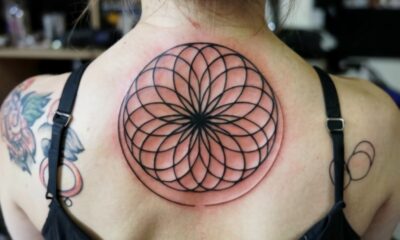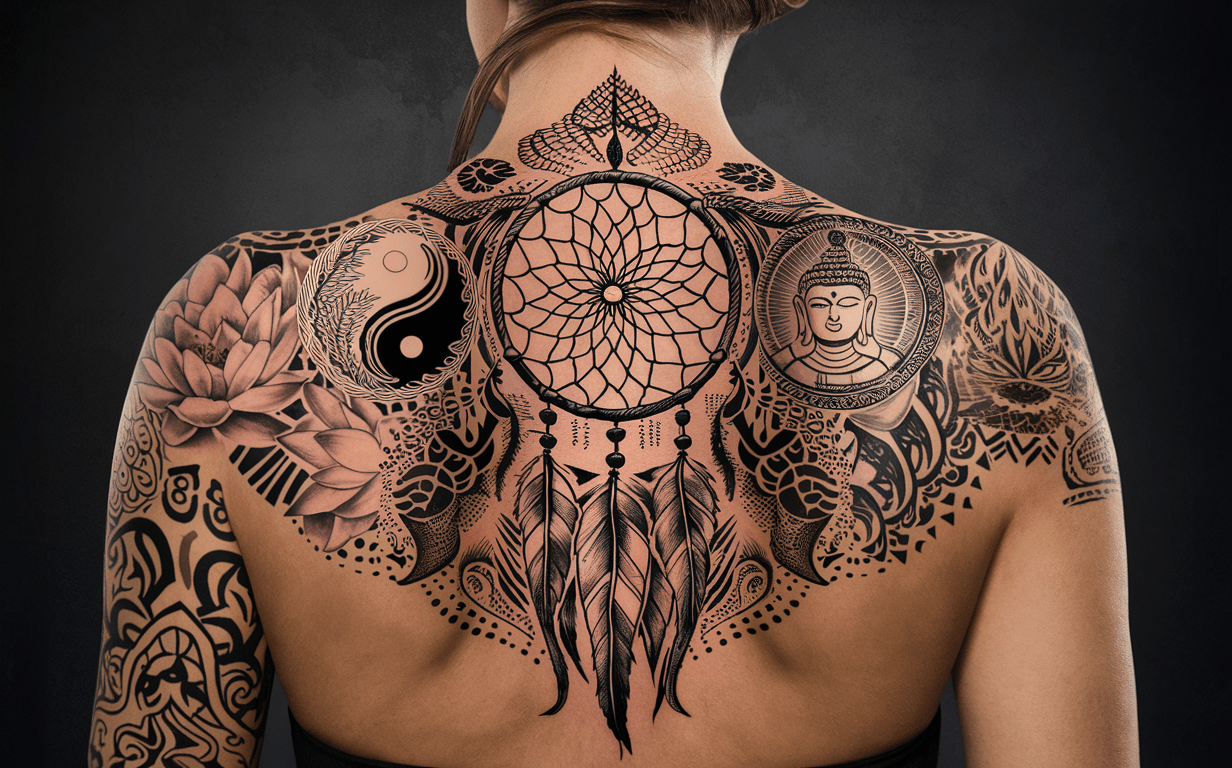

Tattoos
Exploring the Depths of Symbolic and Spiritual Tattoos Ink of the Soul
Tattoos have been a part of human culture for centuries. They are a way to express oneself and connect with deeper meanings. This article explores symbolic and spiritual tattoos, their history, designs, and meanings.
Historical Background of Symbolic and Spiritual Tattoos
Tattoos have been used by many cultures throughout history. In ancient Egypt, tattoos were believed to protect and heal. The Maori people of New Zealand created facial tattoos, called moko, to show their ancestry and status. Similarly, Polynesian cultures used tattoos to show beliefs and social identity.
In Japan, traditional tattoos, known as irezumi, were used for protection and status. Native American tribes used tattoos to show achievements and spiritual beliefs. These examples show how important tattoos have been in human culture.
Symbolic Tattoos
Symbolic tattoos have specific meanings. They represent ideas, beliefs, or important parts of a person’s life. Here are some common themes and designs in symbolic tattoos:
Animal Symbols
- Lions: Represent strength, courage, and leadership.
- Eagles: Symbolize freedom, vision, and spiritual growth.
- Wolves: Stand for loyalty, family, and a connection to nature.
Religious and Mythological Symbols
- Cross: A symbol of Christianity, representing faith and sacrifice.
- Om: A sacred sound in Indian religions, symbolizing the universe.
- Lotus Flower: In Buddhism and Hinduism, it represents purity and enlightenment.
Geometric Patterns
- Mandala: A circular design representing the universe and spiritual journey.
- Triangles: Symbolize balance, change, and creativity.
- Infinity Symbol: Represents eternity and limitless possibilities.
Spiritual Tattoos
Spiritual tattoos have deep personal meanings. They reflect the wearer’s spiritual beliefs and journey. Here are some popular spiritual tattoo designs:
Sacred Geometry
- Flower of Life: A pattern of circles representing creation and unity.
- Metatron’s Cube: Symbolizes the building blocks of the universe.
Chakras
- Root Chakra: Symbolizes stability and grounding, often shown as a red lotus.
- Heart Chakra: Represents love and compassion, shown as a green lotus.
- Crown Chakra: Linked to enlightenment, shown as a violet lotus.
Spiritual Animals
- Phoenix: A mythical bird symbolizing rebirth and transformation.
- Dragon: Represents power, wisdom, and protection.
- Koi Fish: Symbolizes perseverance and good fortune in Japanese culture.
Personal Stories and Cultural Significance
Choosing a symbolic or spiritual tattoo is very personal. Many people get tattoos to mark important events or honor loved ones. Here are a few stories that show the personal and cultural significance of tattoos:
A Journey of Healing
Tattoos can be a form of healing. For example, Sarah chose a phoenix tattoo after recovering from illness. The phoenix, rising from ashes, symbolizes her recovery and strength.
Cultural Heritage
Michael, of Maori descent, chose a traditional moko tattoo. This tattoo honors his ancestors and tells the story of his heritage and achievements.
Spiritual Awakening
Jessica, a yoga practitioner, chose a mandala tattoo. It symbolizes her spiritual journey and dedication to mindfulness.
The Process of Getting a Symbolic or Spiritual Tattoo
Choosing a symbolic or spiritual tattoo takes thought and planning. Here are the steps to ensure a meaningful and well-done tattoo:
Research and Inspiration
- Personal Reflection: Think about what symbols mean to you.
- Cultural Sensitivity: Respect and understand the symbol’s cultural context.
- Artistic Style: Choose a style that fits your vision.
Choosing an Artist
- Portfolio Review: Look at artists’ work in symbolic or spiritual tattoos.
- Consultation: Discuss your ideas with the artist.
- Trust and Comfort: Choose an artist you trust and feel comfortable with.
Tattoo Aftercare
Proper aftercare is crucial. Follow the artist’s instructions, keep the area clean, and avoid sun exposure during healing.



